Разделы презентаций
- Разное
- Английский язык
- Астрономия
- Алгебра
- Биология
- География
- Геометрия
- Детские презентации
- Информатика
- История
- Литература
- Математика
- Медицина
- Менеджмент
- Музыка
- МХК
- Немецкий язык
- ОБЖ
- Обществознание
- Окружающий мир
- Педагогика
- Русский язык
- Технология
- Физика
- Философия
- Химия
- Шаблоны, картинки для презентаций
- Экология
- Экономика
- Юриспруденция
11
Содержание
- 1. 11
- 2. “The best things in life are free.
- 3. “The best things in life are free.
- 4. “The best things in life are free.
- 5. “The best things in life are free.
- 6. “The best things in life are free.
- 7. THE DIFFERENT KINDS OF GOODSWhen thinking
- 8. THE DIFFERENT KINDS OF GOODS ExcludabilityExcludability
- 9. THE DIFFERENT KINDS OF GOODSFour Types of GoodsPrivate GoodsPublic GoodsCommon ResourcesNatural Monopolies
- 10. THE DIFFERENT KINDS OF GOODSPrivate GoodsAre
- 11. Figure 1 Four Types of GoodsCopyright © 2004 South-WesternRival?YesYesNoPrivate GoodsNatural MonopoliesNoExcludable?Common ResourcesPublic Goods
- 12. PUBLIC GOODSExample A firework display in a small
- 13. The Free-Rider ProblemSince people cannot be excluded
- 14. The Free-Rider Problem Solving the Free-Rider ProblemThe
- 15. Some Important Public GoodsNational DefenseBasic ResearchFighting Poverty
- 16. CASE STUDY: Are Lighthouses Public Goods?
- 17. The Difficult Job of Cost-Benefit AnalysisCost benefit
- 18. The Difficult Job of Cost-Benefit AnalysisA cost-benefit
- 19. CASE STUDY: How much is a life
- 20. CASE STUDY: How much is a life
- 21. COMMON RESOURCESCommon resources, like public goods, are
- 22. COMMON RESOURCESCommon resources are rival goods because
- 23. Tragedy of the CommonsThe Tragedy of the
- 24. Tragedy of the Commons – an exampleAn
- 25. Tragedy of the Commons – an exampleWhat
- 26. Tragedy of the Commons – an examplePossible
- 27. Some Important Common ResourcesClean air and waterCongested roadsFish, whales, and other wildlife
- 28. CASE STUDY: Why Isn’t the Cow Extinct?Will the market protect me?PrivateOwnership and the Profit Motive!
- 29. In the news: Economics of Road PricingAn
- 30. In the news: Economics of Road PricingRoad
- 31. CONCLUSION: THE IMPORTANCE OF PROPERTY RIGHTSThe market
- 32. CONCLUSION: THE IMPORTANCE OF PROPERTY RIGHTSWhen the
- 33. SummaryGoods differ in whether they are excludable
- 34. SummaryPublic goods are neither rival nor excludable.Because
- 35. SummaryCommon resources are rival but not excludable.Because
- 36. Скачать презентанцию
“The best things in life are free. . .”Free goods provide a special challenge for economic analysis.Most goods in our economy are allocated in markets…
Слайды и текст этой презентации
Слайд 2“The best things in life are free. . .”
Free goods
provide a special challenge for economic analysis.
economy are allocated in markets…Слайд 3“The best things in life are free. . .”
Let’s start
with the game.
The rules are following:
Each player may contribute any
amount between 0 and 2 zloty.Then I will count the total amount and give exactly the same amount to the pool, which then be distrubuted among the students – each will get the same amount.
If there are 10 students and each contributes 2 złoties, I will add 20 zloties and each student will get 4 zloties back.
If each students contributes 0, I will add 0 too
Слайд 4“The best things in life are free. . .”
When goods
are available free of charge, the market forces that normally
allocate resources in our economy are absent.Слайд 5“The best things in life are free. . .”
When a
good does not have a price attached to it, private
markets cannot ensure that the good is produced and consumed in the proper amounts.Слайд 6“The best things in life are free. . .”
In such
cases, government policy can potentially remedy the market failure that
results, and raise economic well-being.Слайд 7THE DIFFERENT
KINDS OF GOODS
When thinking about the various goods
in the economy, it is useful to group them according
to two characteristics:Is the good excludable?
Is the good rival?
Слайд 8THE DIFFERENT
KINDS OF GOODS
Excludability
Excludability refers to the property
of a good whereby a person can be prevented from
using it.Rivalry
Rivalry refers to the property of a good whereby one person’s use diminishes other people’s use.
Слайд 9THE DIFFERENT
KINDS OF GOODS
Four Types of Goods
Private Goods
Public Goods
Common
Resources
Natural Monopolies
Слайд 10THE DIFFERENT
KINDS OF GOODS
Private Goods
Are both excludable and rival.
Public
Goods
Are neither excludable nor rival.
Common Resources
Are rival but not excludable.
Natural
MonopoliesAre excludable but not rival.
Слайд 11Figure 1 Four Types of Goods
Copyright © 2004 South-Western
Rival?
Yes
Yes
No
Private Goods
Natural
Monopolies
No
Excludable?
Common Resources
Public Goods
Слайд 12PUBLIC GOODS
Example
A firework display in a small town (500 inhabitants).
The value for each of them is $10.
The cost is
$1000.Would the private market produce the efficient outcome?
No, due to free-riding
A free-rider is a person who receives the benefit of a good but avoids paying for it.
Слайд 13The Free-Rider Problem
Since people cannot be excluded from enjoying the
benefits of a public good, individuals may withhold paying for
the good hoping that others will pay for it.The free-rider problem prevents private markets from supplying public goods.
Слайд 14The Free-Rider Problem
Solving the Free-Rider Problem
The government can decide
to provide the public good if the total benefits exceed
the costs.The government can make everyone better off by providing the public good and paying for it with tax revenue.
Слайд 17The Difficult Job of Cost-Benefit Analysis
Cost benefit analysis refers to
a study that compares the costs and benefits to society
of providing a public good.In order to decide whether to provide a public good or not, the total benefits of all those who use the good must be compared to the costs of providing and maintaining the public good.
Слайд 18The Difficult Job of Cost-Benefit Analysis
A cost-benefit analysis would be
used to estimate the total costs and benefits of the
project to society as a whole.It is difficult to do because of the absence of prices needed to estimate social benefits and resource costs.
The value of life, the consumer’s time, and aesthetics are difficult to assess.
Слайд 19CASE STUDY: How much is a life worth?
Suppose that at
the cost of $10 000 you can have a traffic
light at a town intersection.This will reduce the risk of a fatal accident over the lifetime of the traffic light from 1.6 to 1.1 percent.
Should the new lights be installed and operated?
How to determine the value of person’s life?
Слайд 20CASE STUDY: How much is a life worth?
How to determine
the value of person’s life?
Total amount of money a person
would have earned if he had livedWhat about retired or disabled person?
Compare risk and remuneration. The value of a human life calculated this way is about $10 million.
Therefore in the traffic lights case it makes sense to approve the project.
Слайд 21COMMON RESOURCES
Common resources, like public goods, are not excludable. They
are available free of charge to anyone who wishes to
use them.Слайд 22COMMON RESOURCES
Common resources are rival goods because one person’s use
of the common resource reduces other people’s use.
Слайд 23Tragedy of the Commons
The Tragedy of the Commons is a
parable that illustrates why common resources get used more than
is desirable from the standpoint of society as a whole.Common resources tend to be used excessively when individuals are not charged for their usage.
This is similar to a negative externality.
Слайд 24Tragedy of the Commons – an example
An example, by Garrett
Hardin (1968)
There are 5 farmers and each of them has
got 2 cows.The supply of grass is: S = 12 – q, where: q is a number of cows on the grass-land.
The benefit to each farmer is a sum of what his cows manage to graze.
The private cost of the common grass-land is zero to each farmer.
Слайд 25Tragedy of the Commons – an example
What is optimal number
of my cows on the grazing?
2 and profit is 4,
as all farmers do the sameBut what if all farmers send just one cow?
then profit goes up to 7
Слайд 26Tragedy of the Commons – an example
Possible solutions:
Privatization (It took
place in England in 17th century (enclosure movement)
Taxation. A tax
on farmer if he grazes more than one cow is 10, then the net benefit is given bellow:Слайд 27Some Important Common Resources
Clean air and water
Congested roads
Fish, whales, and
other wildlife
Слайд 28CASE STUDY: Why Isn’t the Cow Extinct?
Will the market protect
me?
Private
Ownership and
the Profit
Motive!
Слайд 29In the news: Economics of Road Pricing
An observation:
No city has
ever been able to solve its congestion and pollution problems
by building more roads.Why?
More roads encourage more people to use their cars!
Is there any solution to congestion and pollution?
YES!!!!
ROAD PRICING
Слайд 30In the news: Economics of Road Pricing
Road pricing, where price
depends on:
Road drivers use
Time of day, week and the year
Degree
of pollution problem at the momentIn Singapore this system has been working (perfectly) for more than 20 years.
In addition there are auctions for different types of plates (one that allows driving only during weekends is cheaper than the one that allows driving 7 days a week)
Слайд 31CONCLUSION: THE IMPORTANCE OF PROPERTY RIGHTS
The market fails to allocate
resources efficiently when property rights are not well-established (i.e. some
item of value does not have an owner with the legal authority to control it).Слайд 32CONCLUSION: THE IMPORTANCE OF PROPERTY RIGHTS
When the absence of property
rights causes a market failure, the government can potentially solve
the problem.Слайд 33Summary
Goods differ in whether they are excludable and whether they
are rival.
A good is excludable if it is possible to
prevent someone from using it.A good is rival if one person’s enjoyment of the good prevents other people from enjoying the same unit of the good.
Слайд 34Summary
Public goods are neither rival nor excludable.
Because people are not
charged for their use of public goods, they have an
incentive to free ride when the good is provided privately.Governments provide public goods, making quantity decisions based upon cost-benefit analysis.
Слайд 35Summary
Common resources are rival but not excludable.
Because people are not
charged for their use of common resources, they tend to
use them excessively.Governments tend to try to limit the use of common resources.
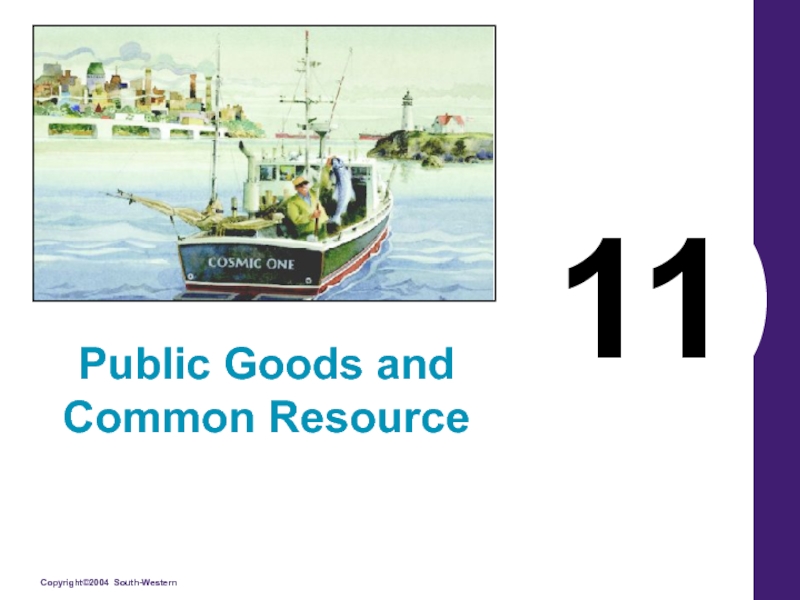
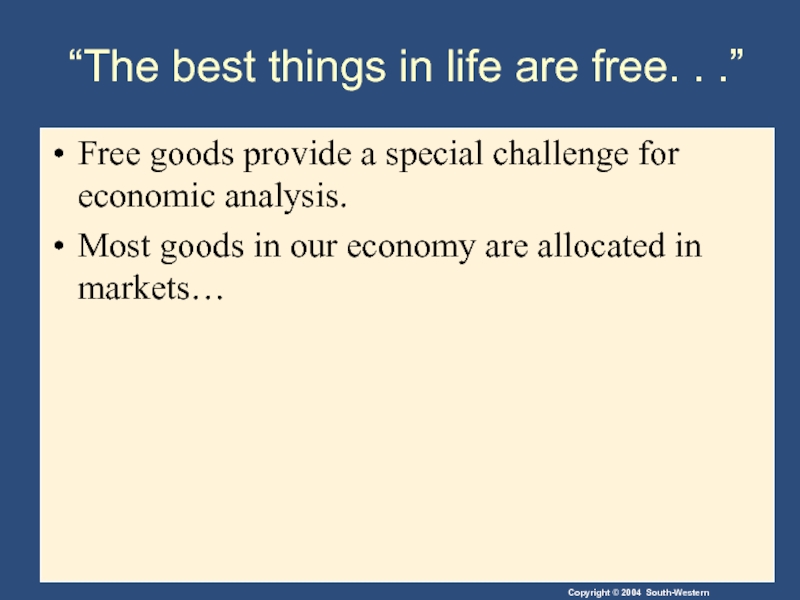
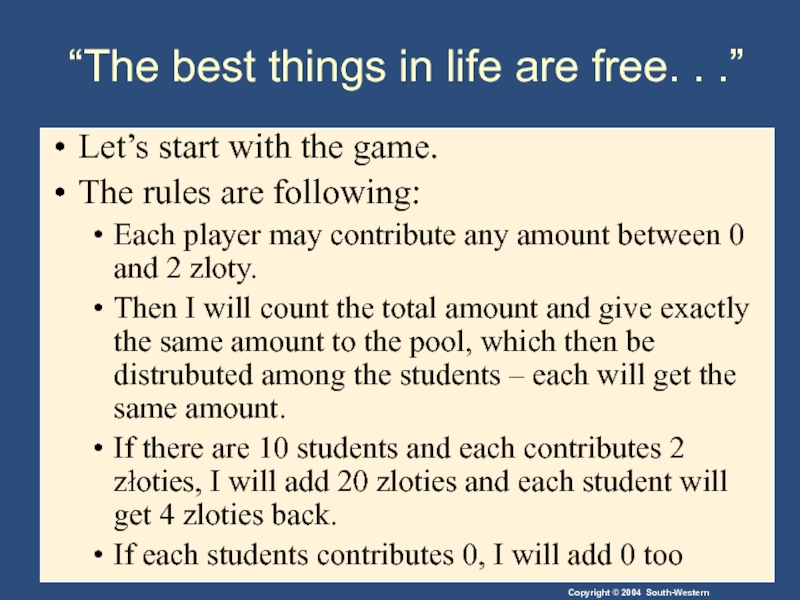
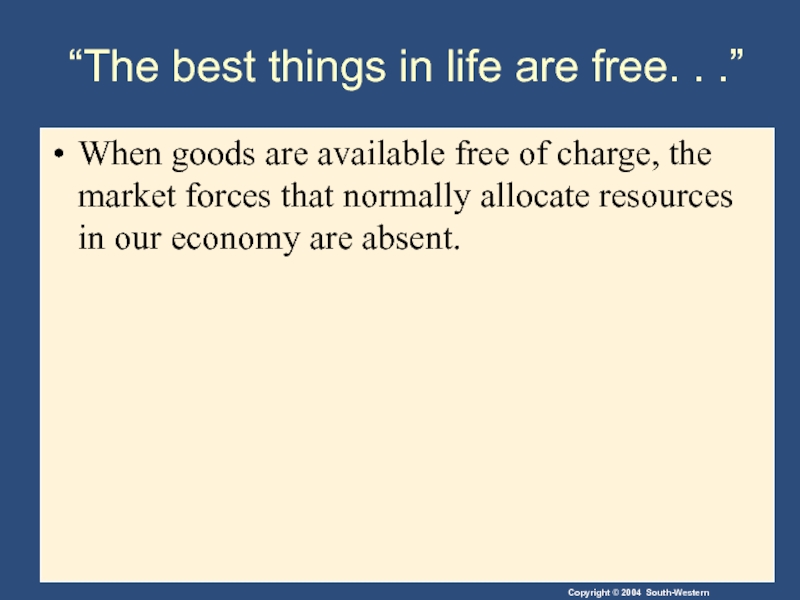
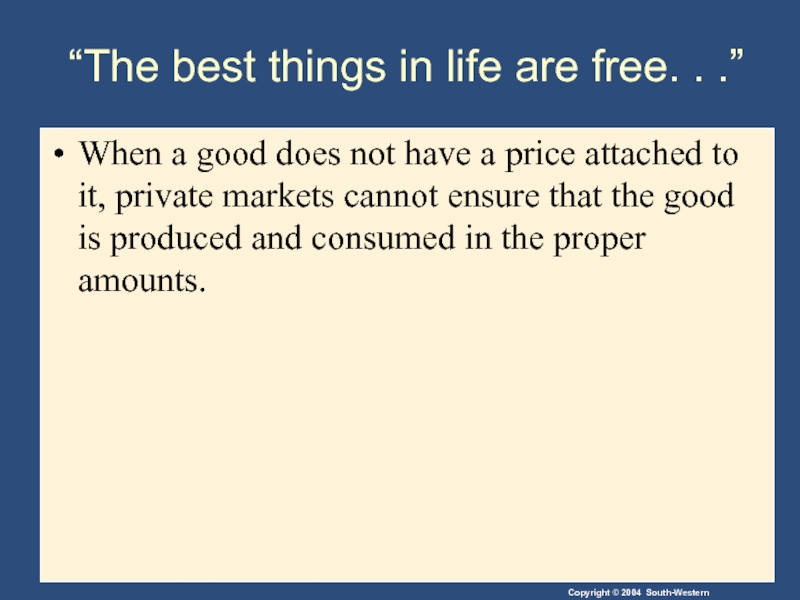
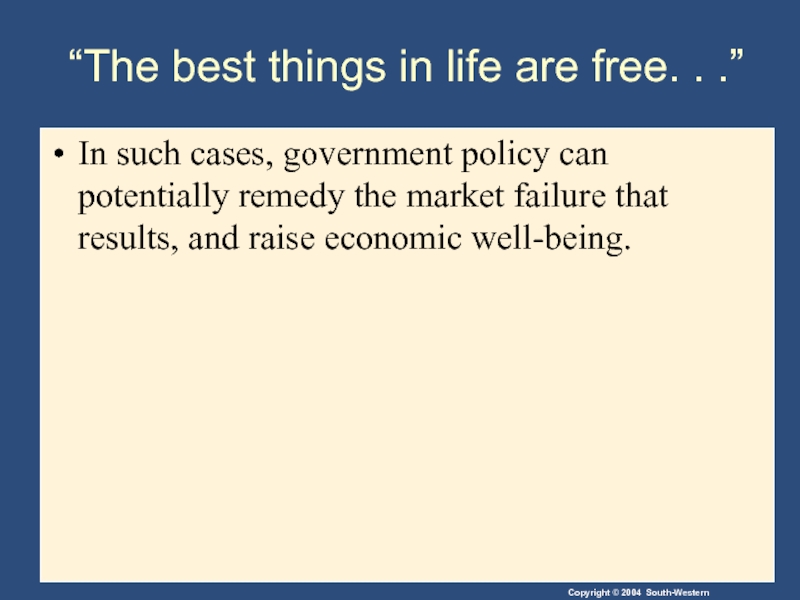
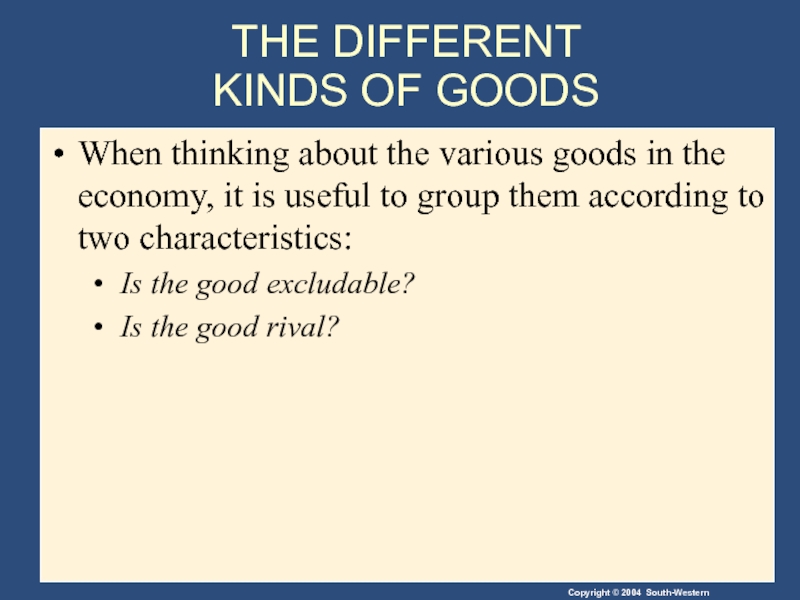
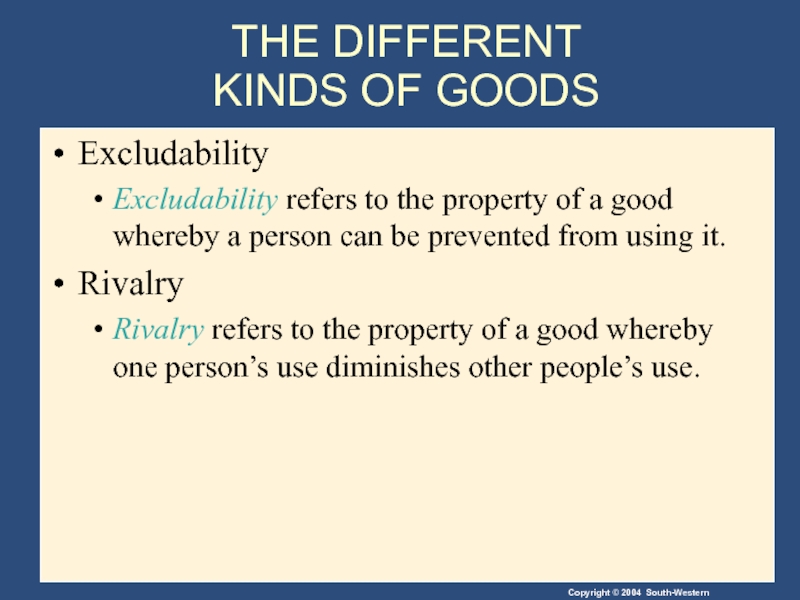
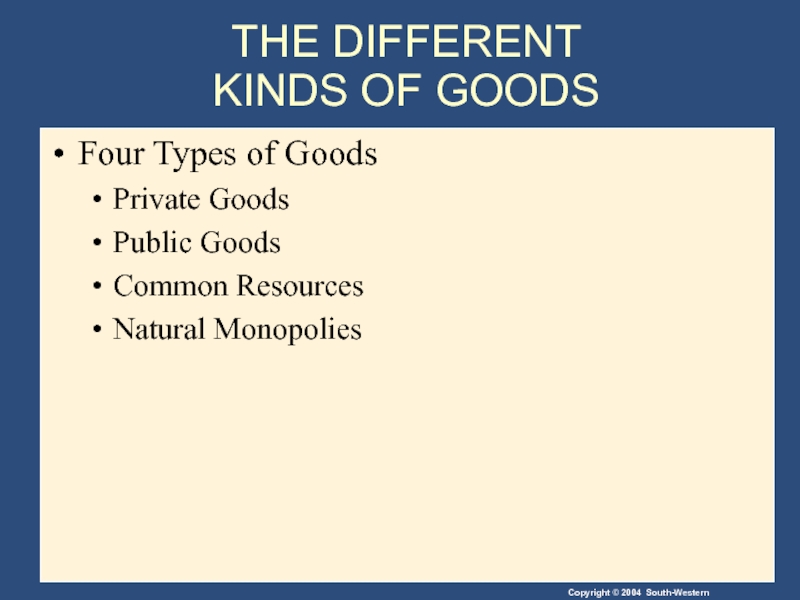
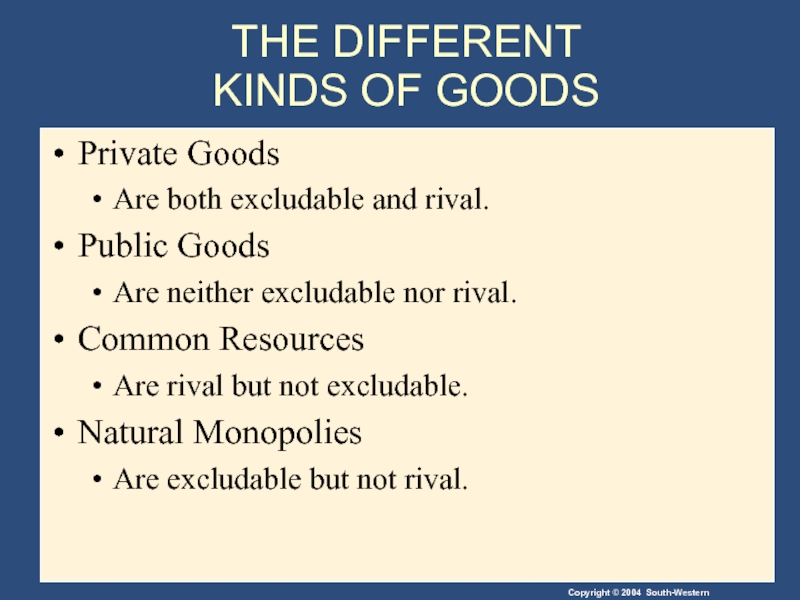
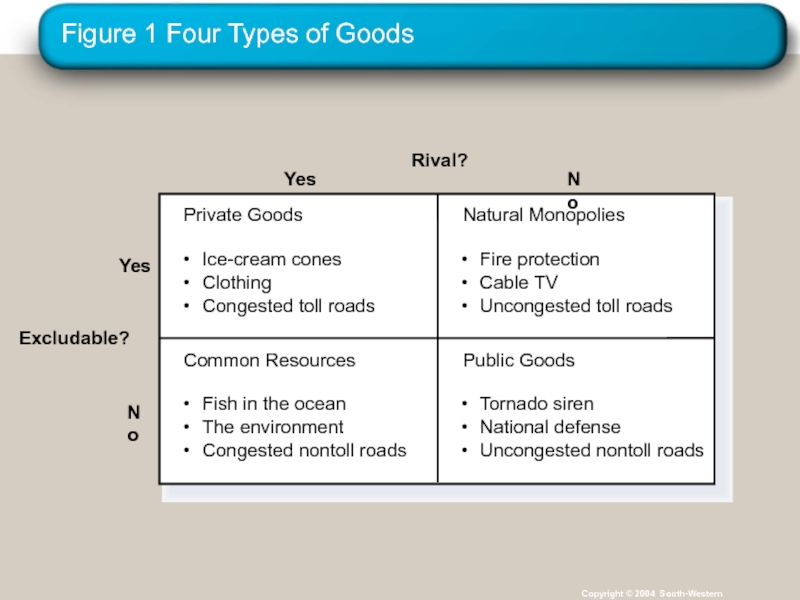
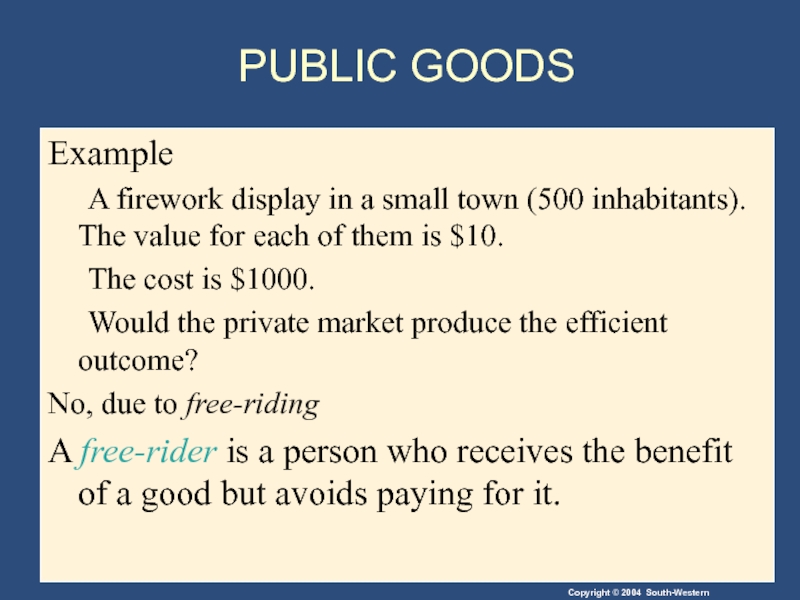
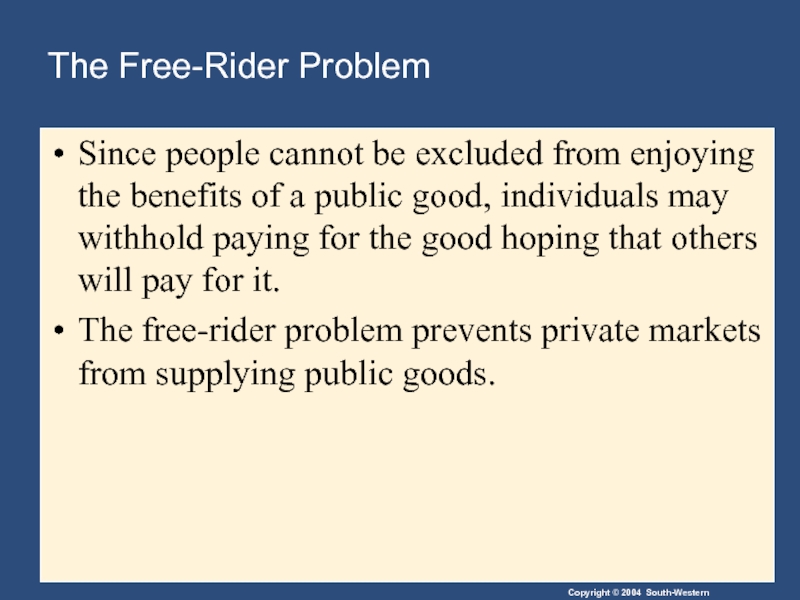
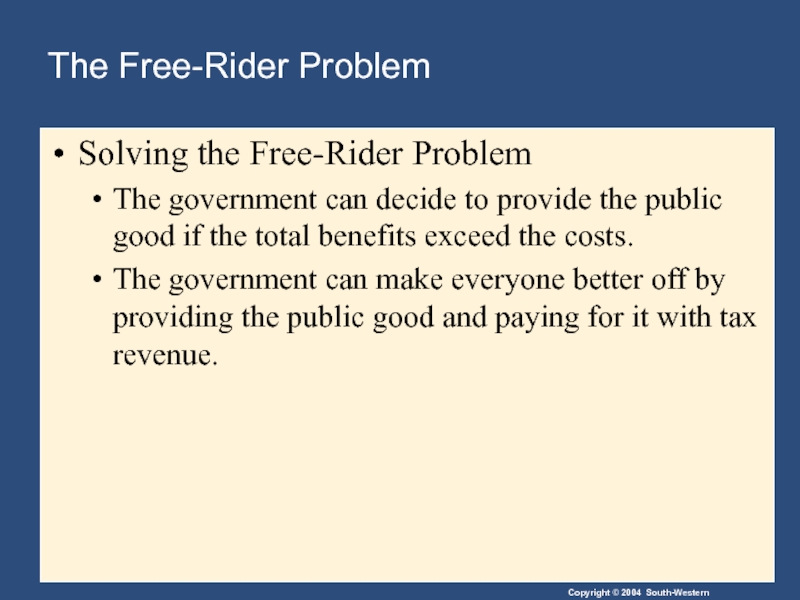
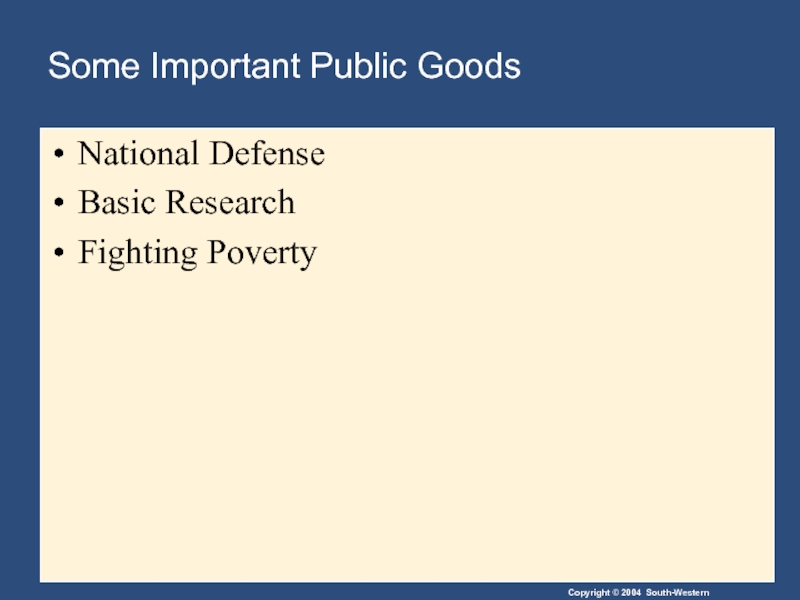
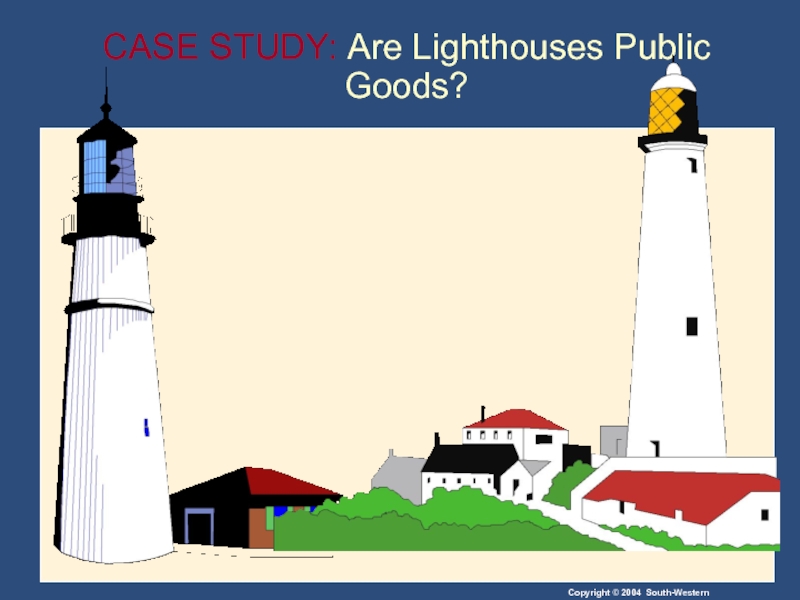
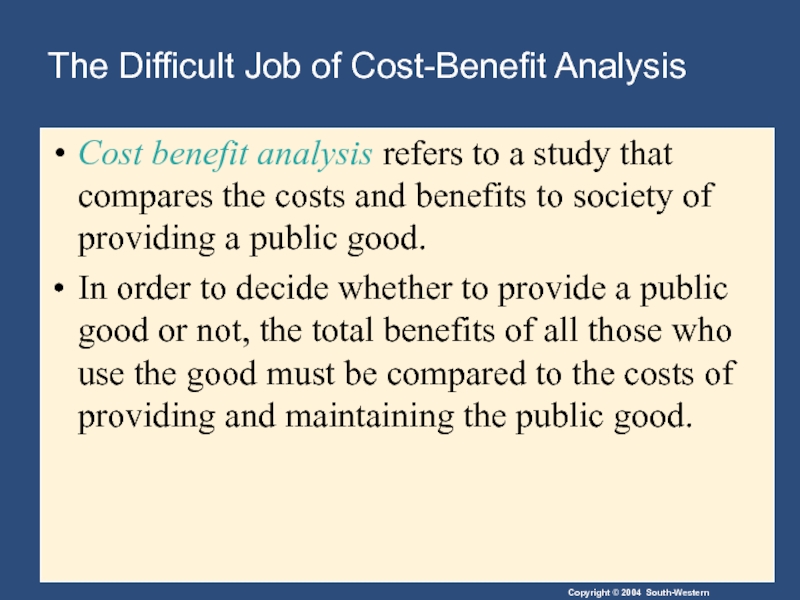
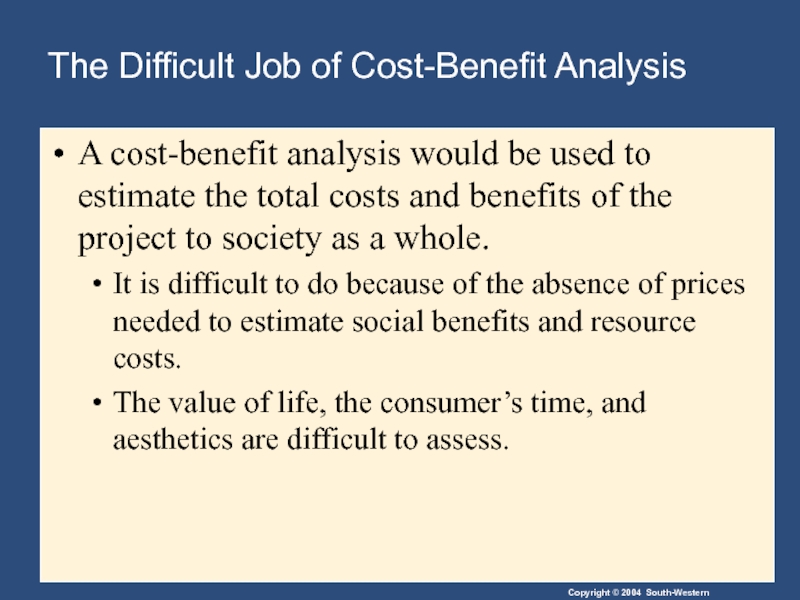
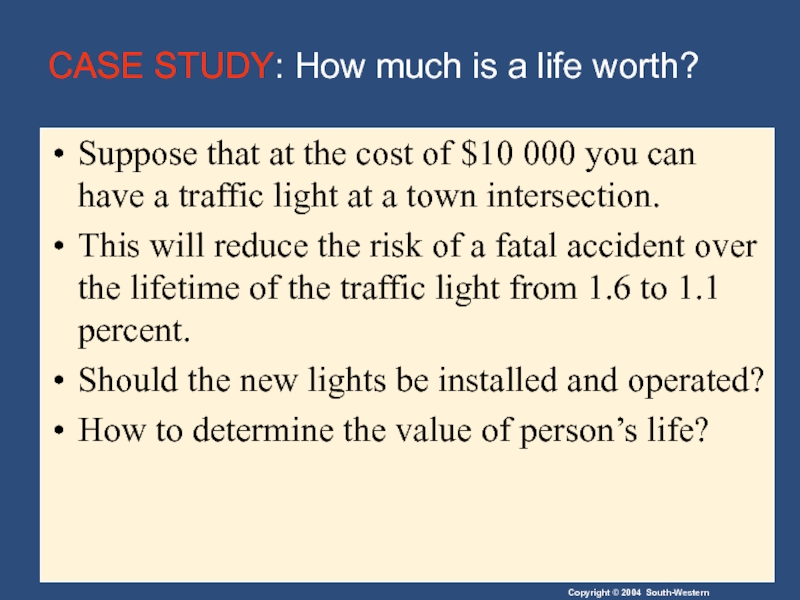
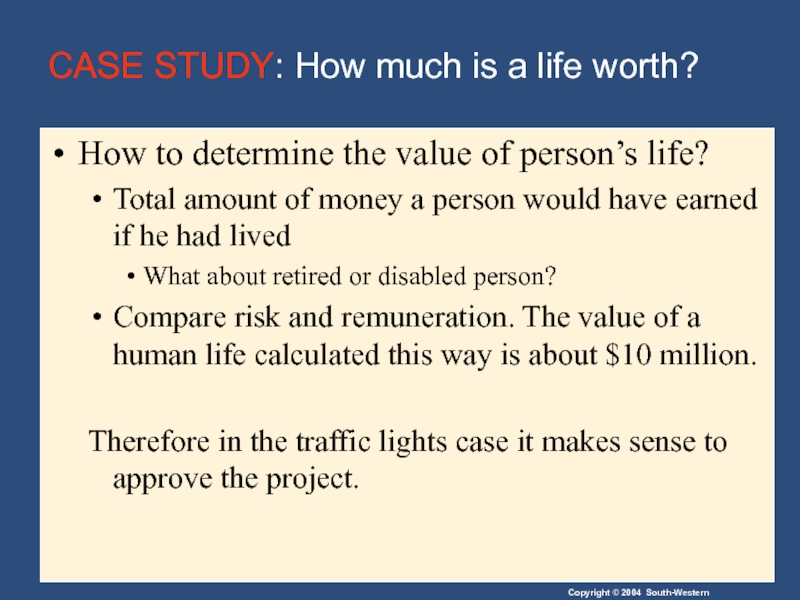
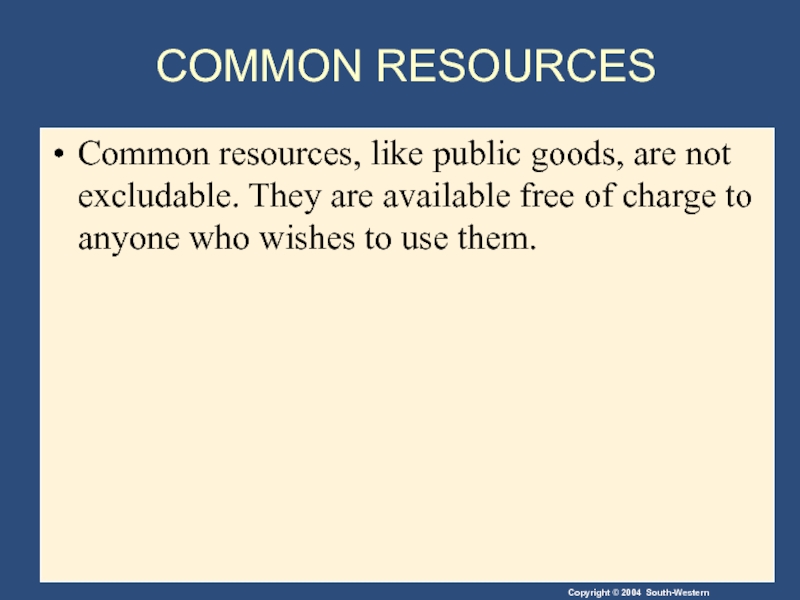
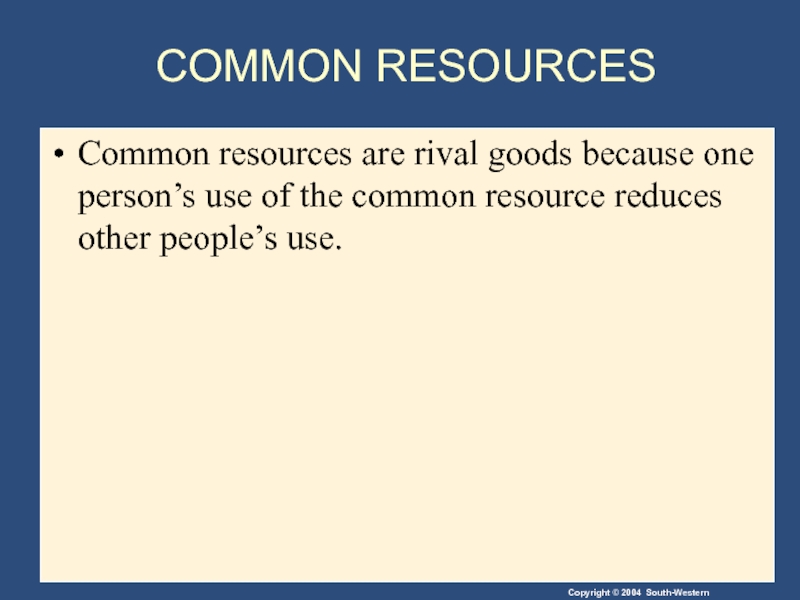
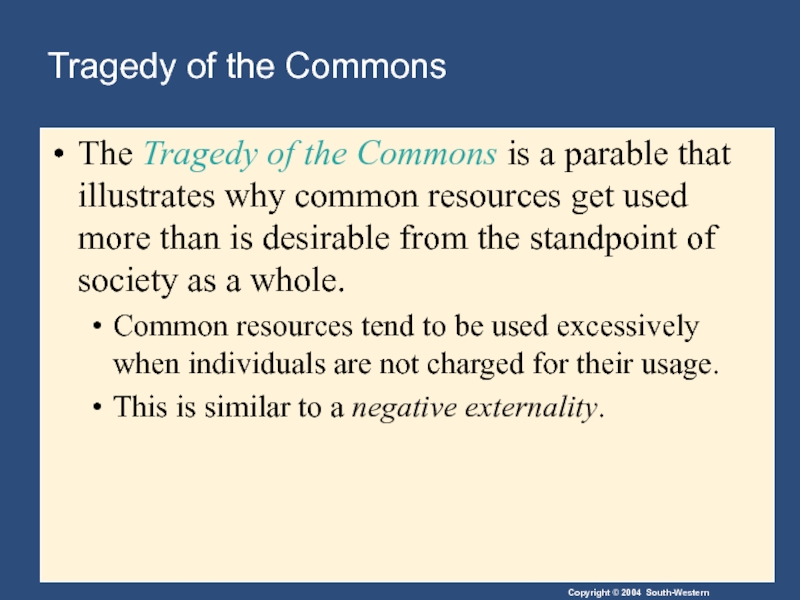
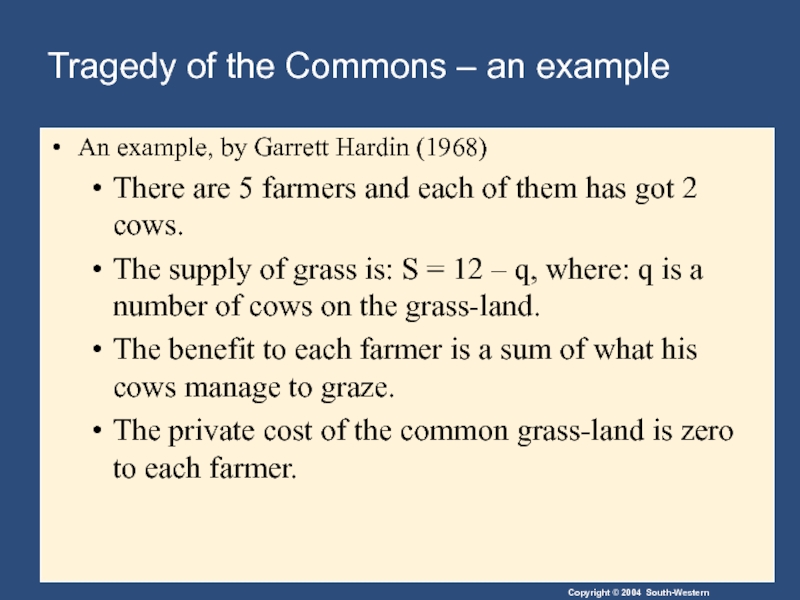
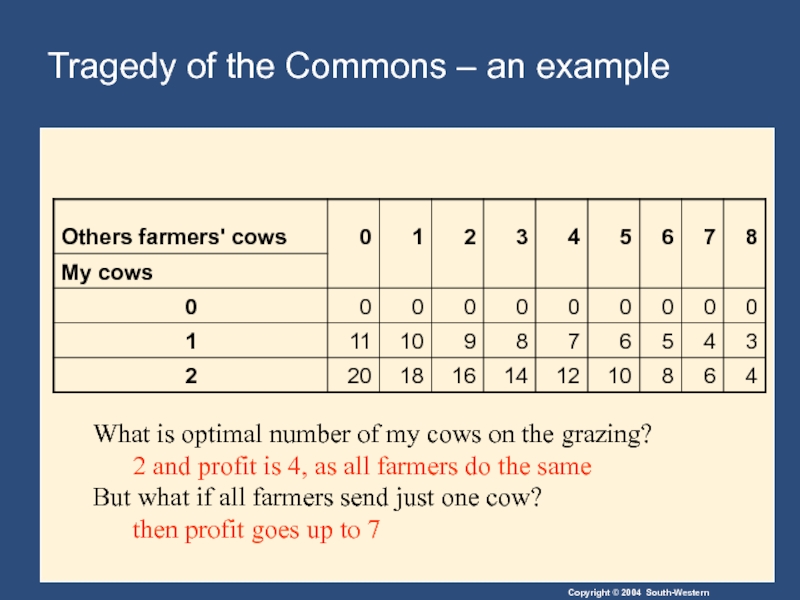
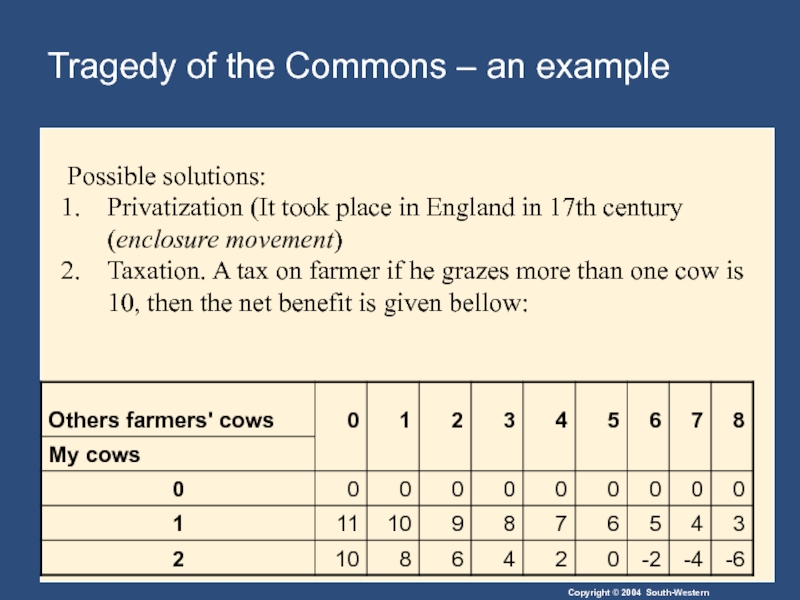
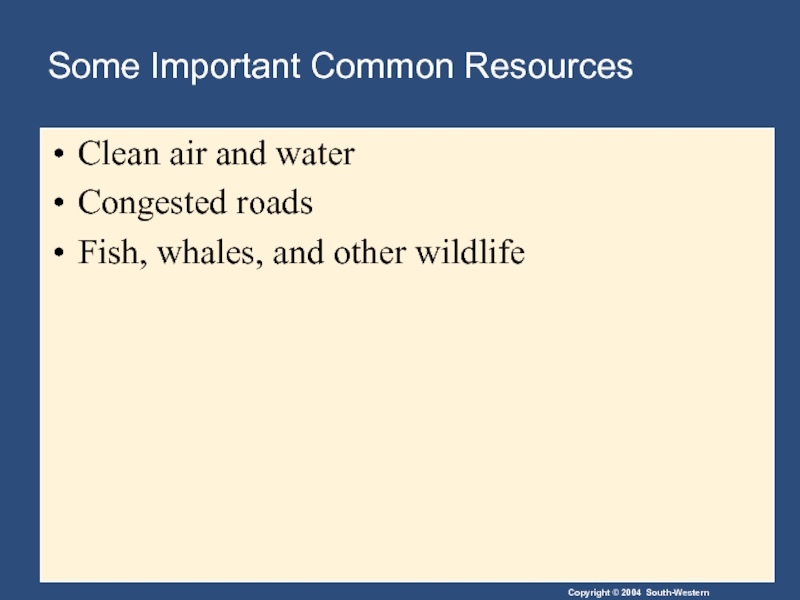
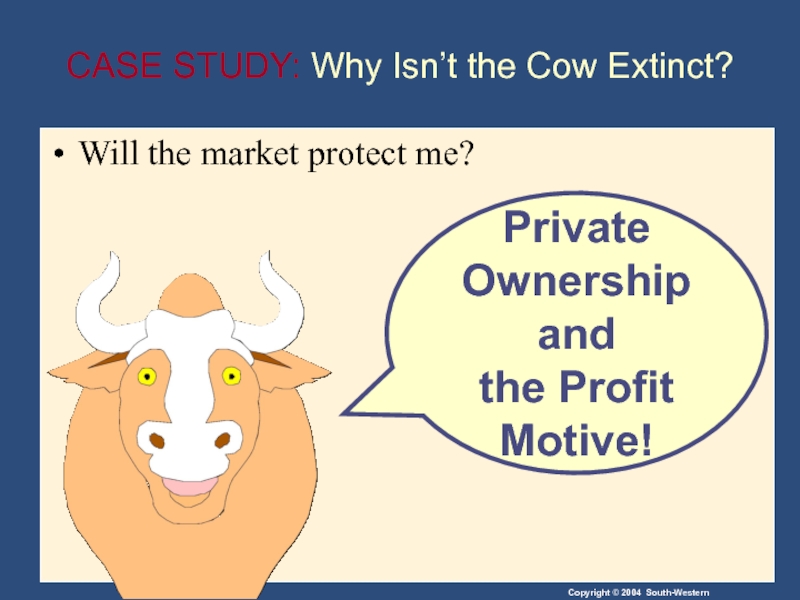

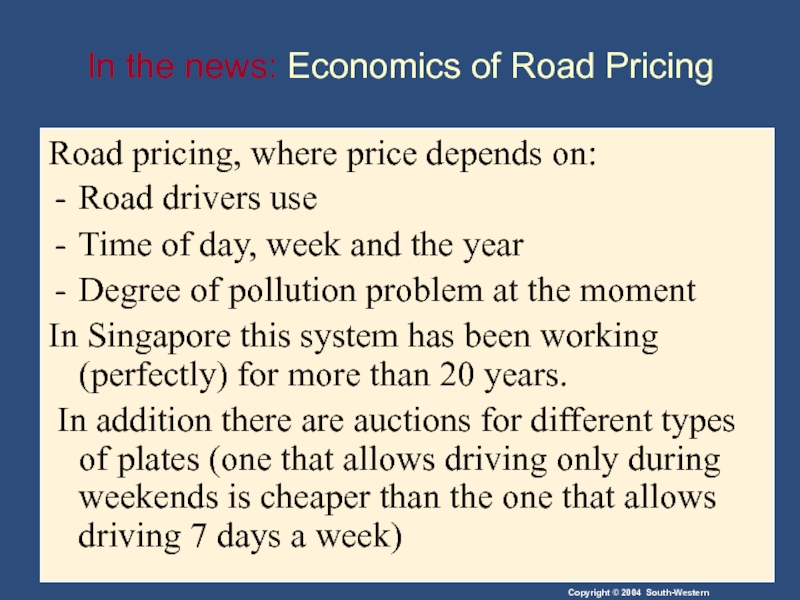
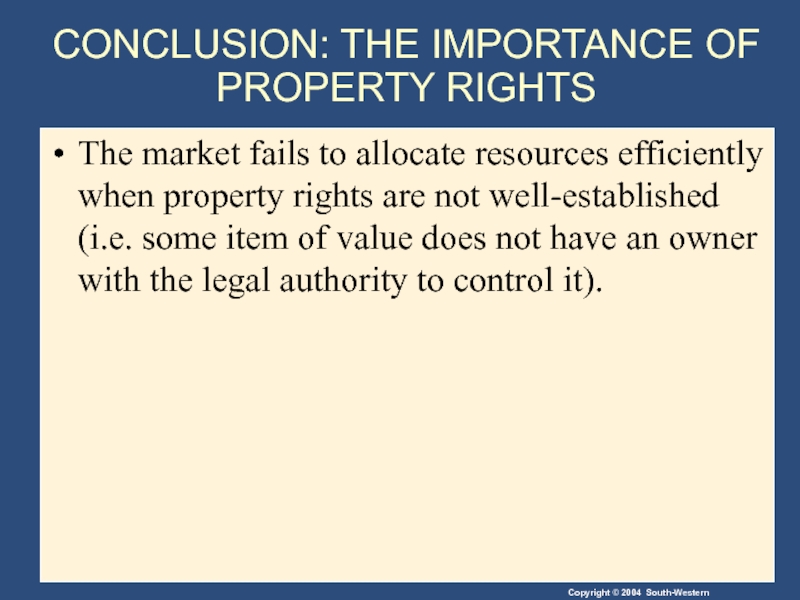
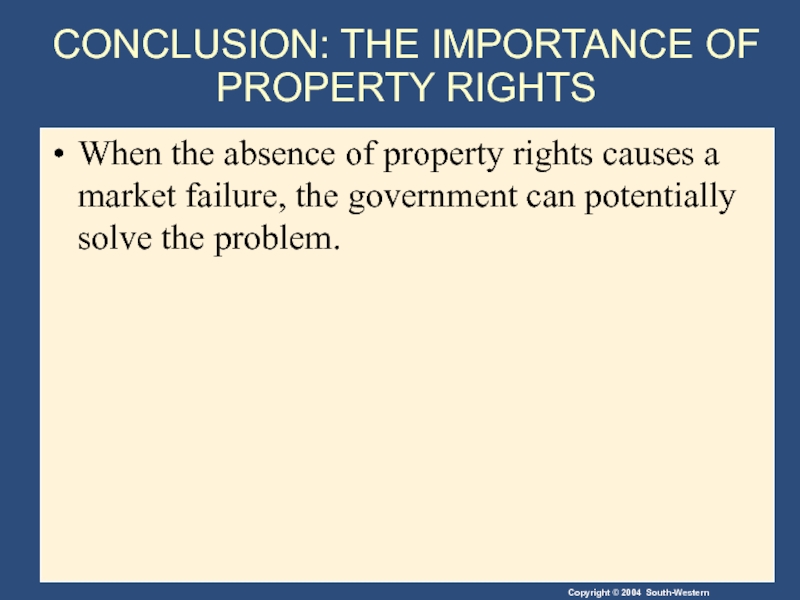

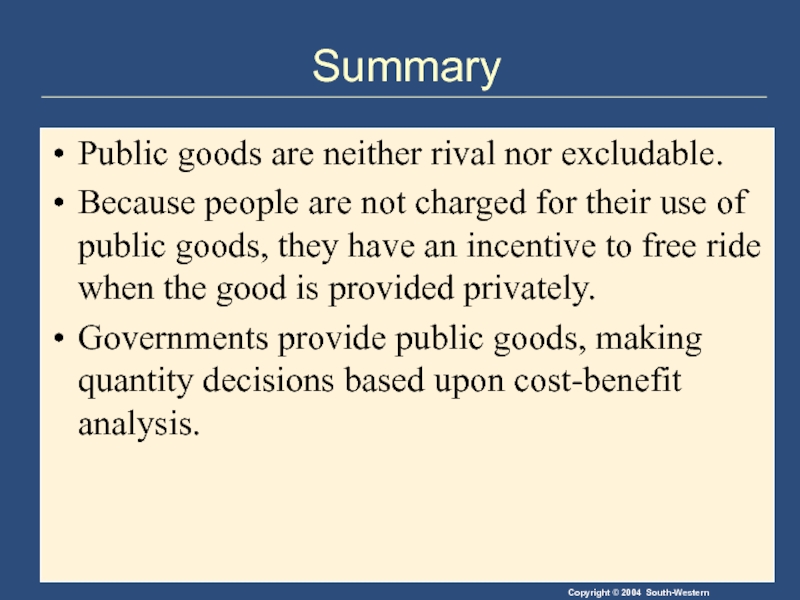
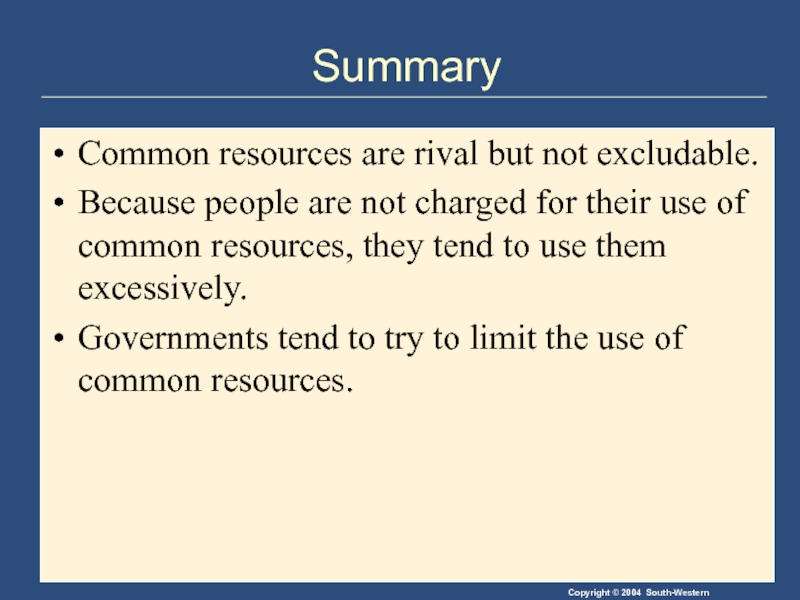
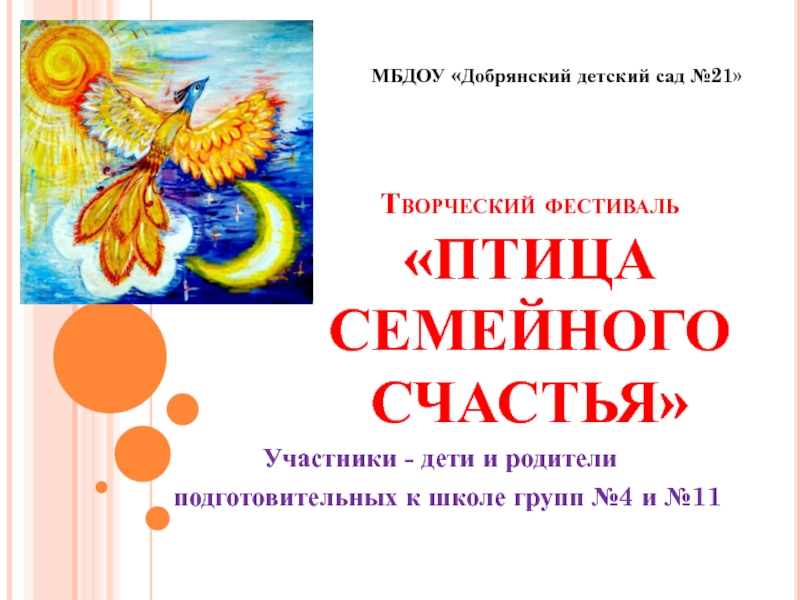
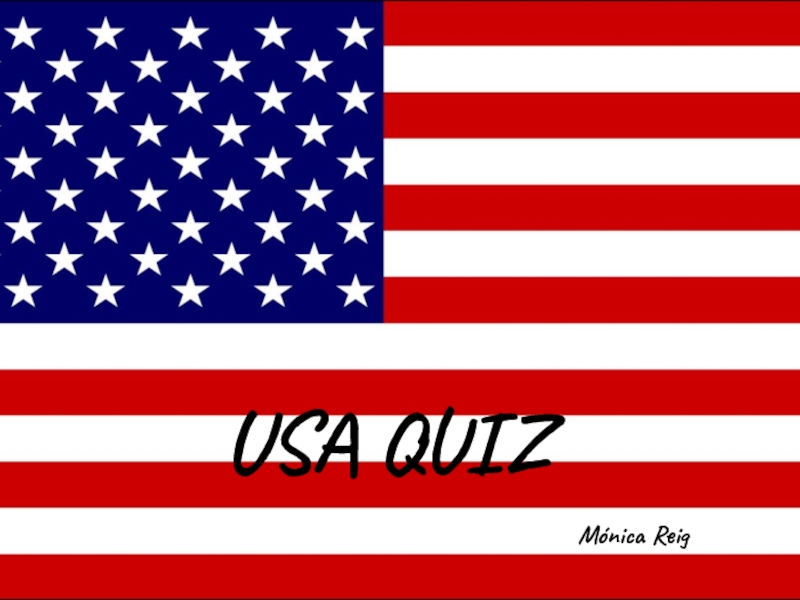
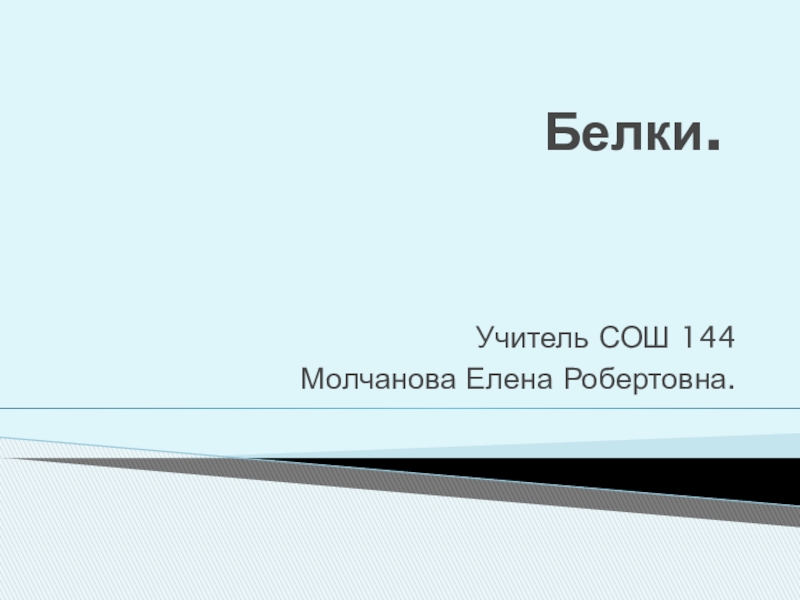

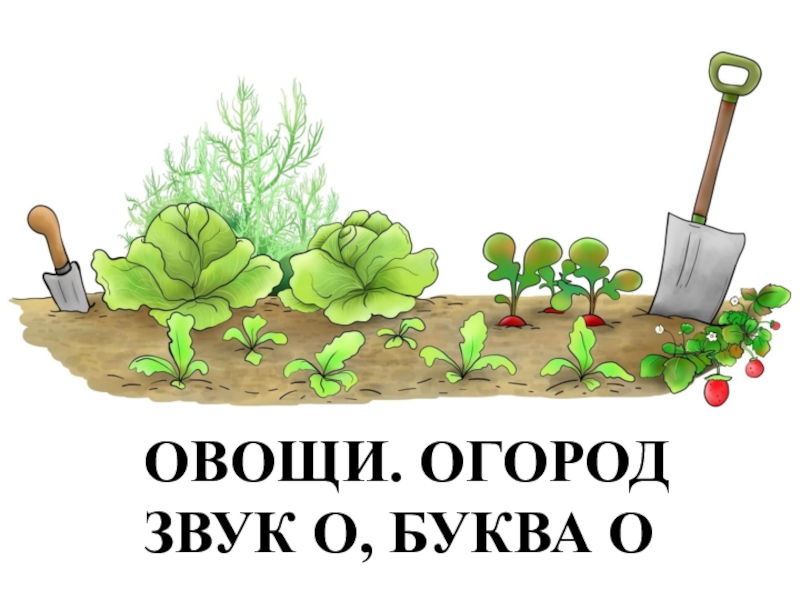
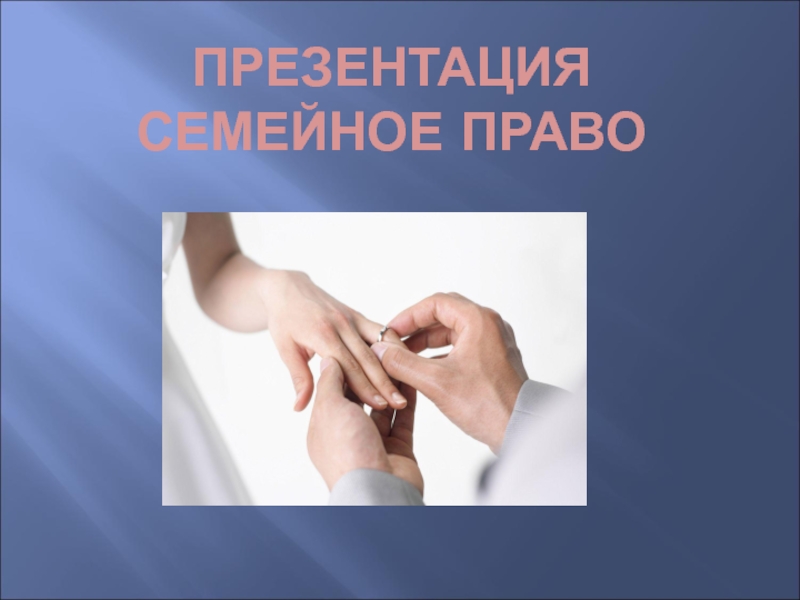
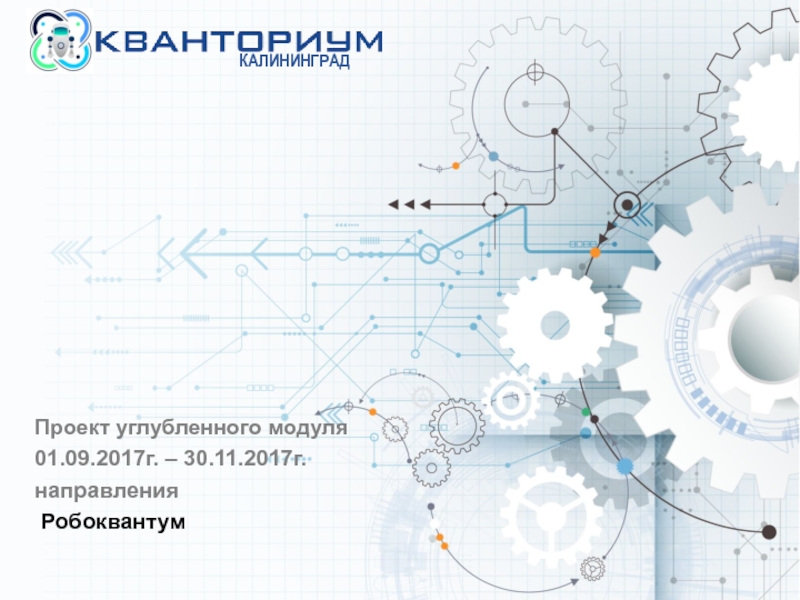
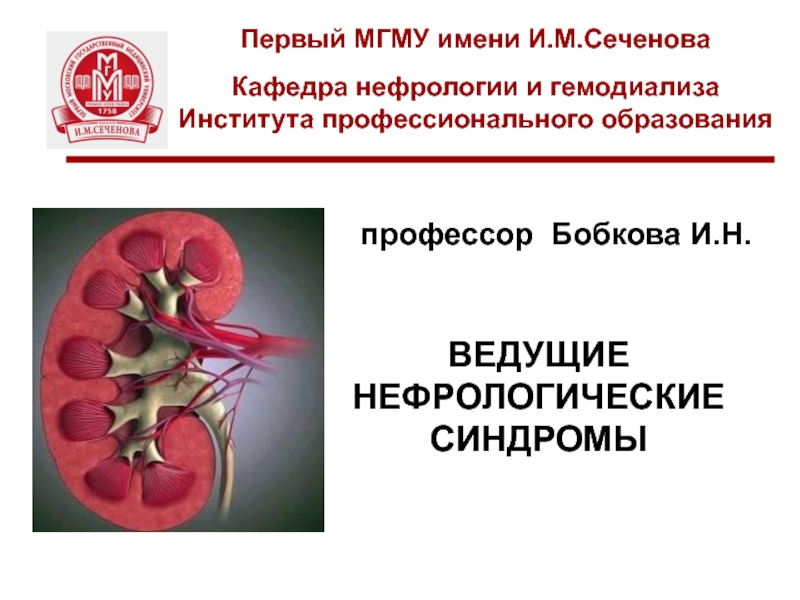
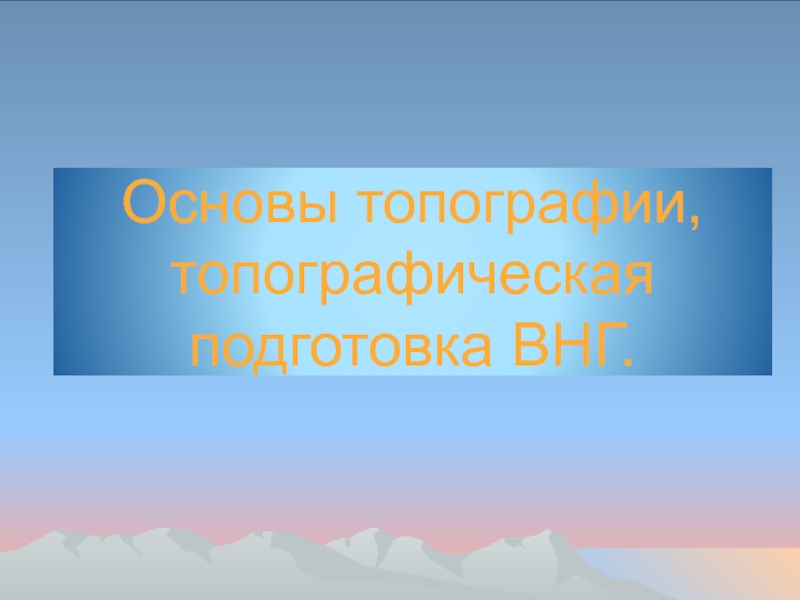
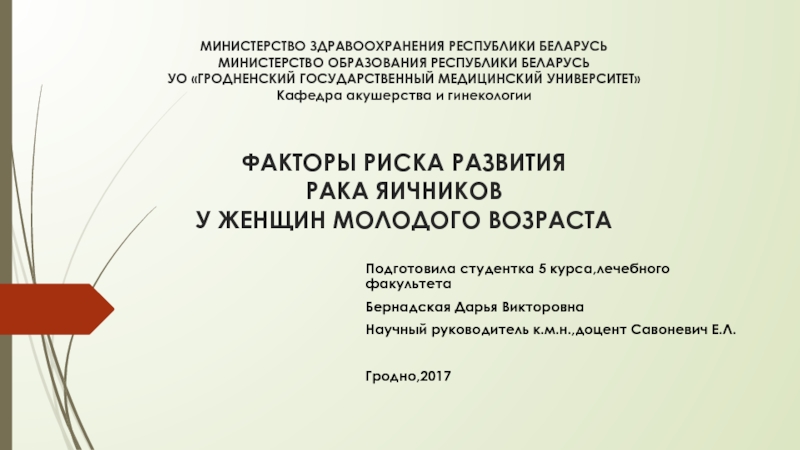
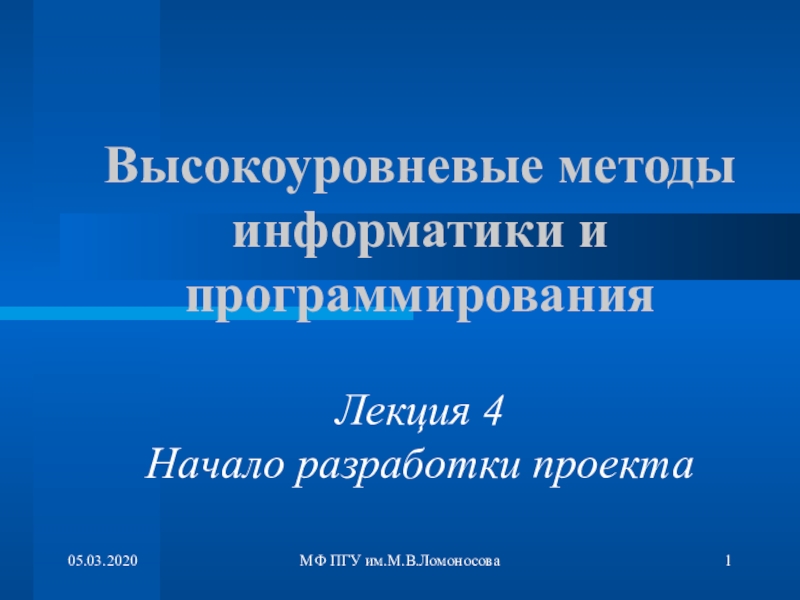
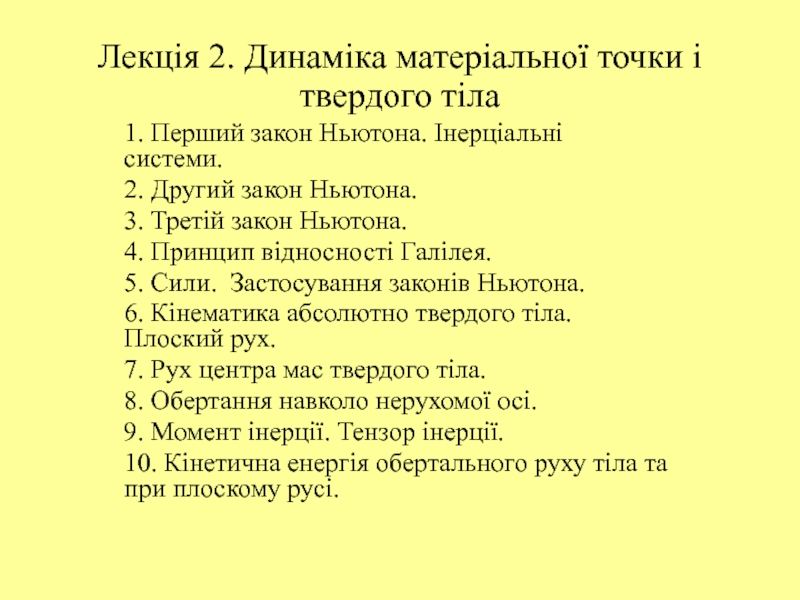
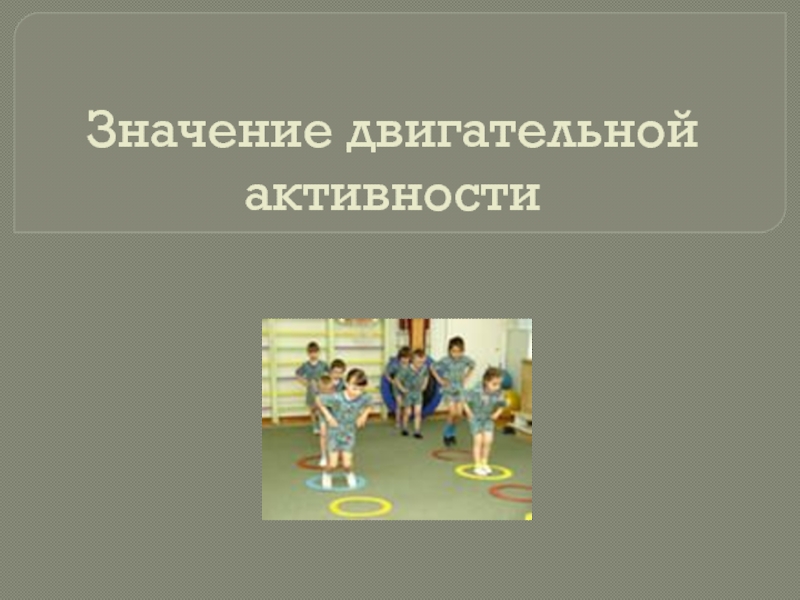


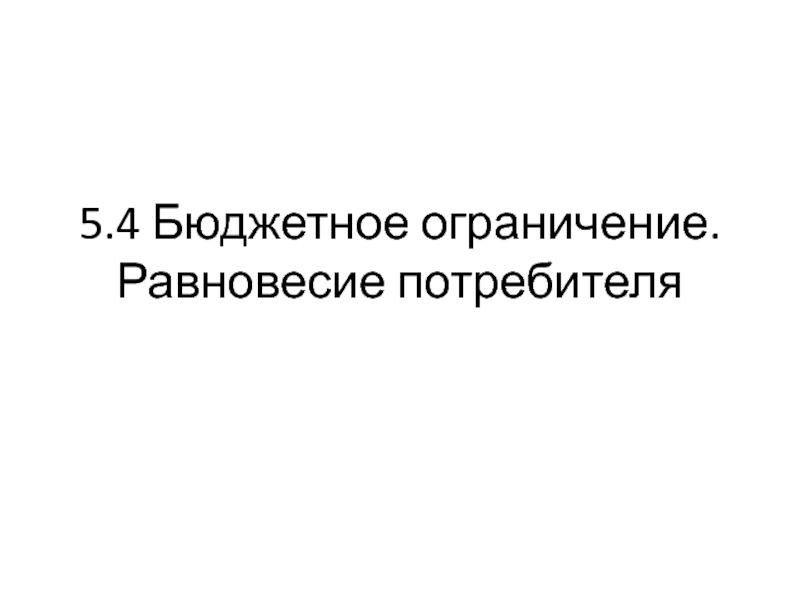
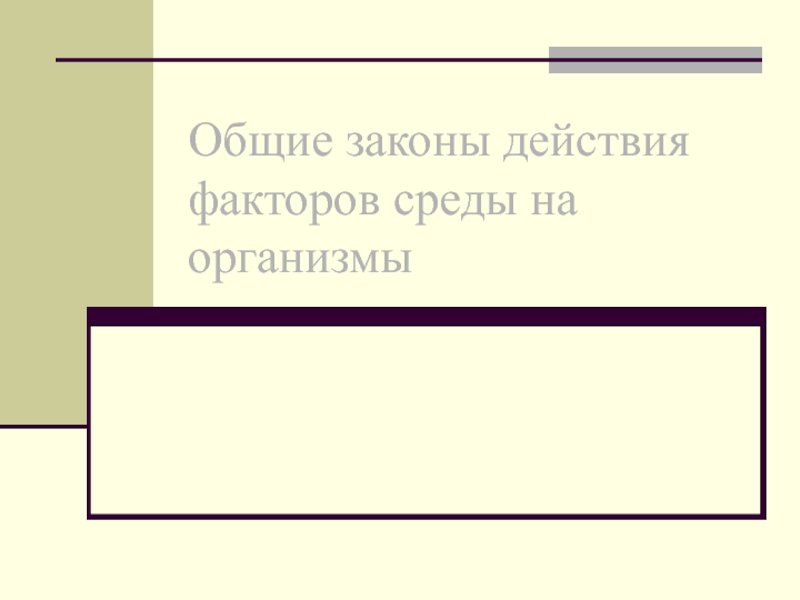
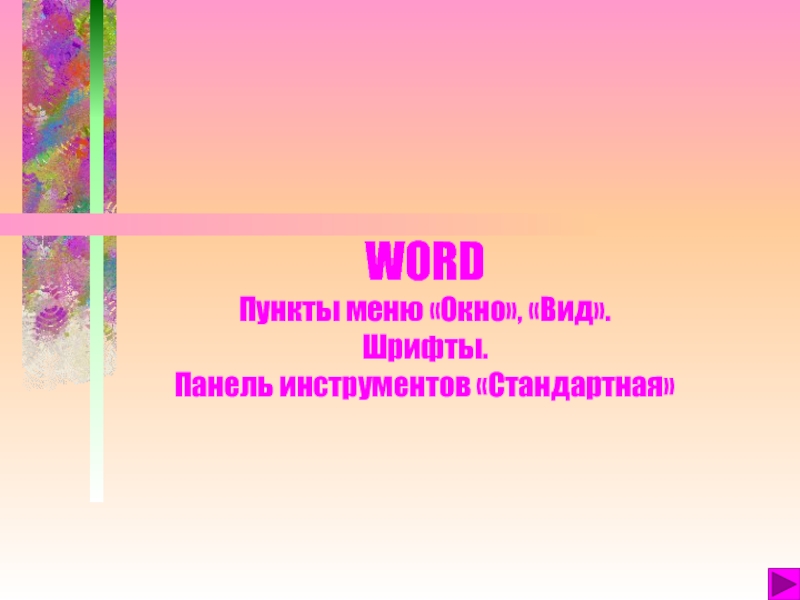
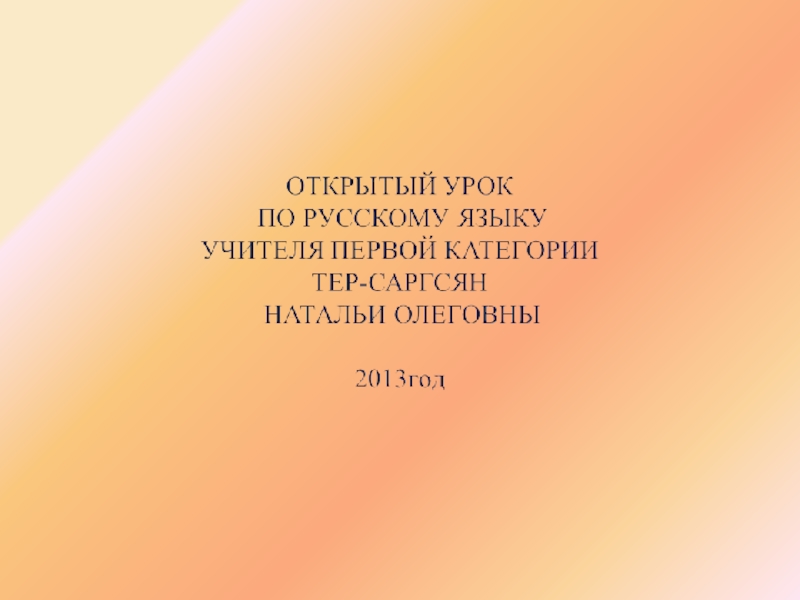
![Автоматизация звука
[ Р ] в слогах, словах, фразе,
предложениях, тексте у детей](/img/tmb/6/577954/93493577f437aaf90501124d2c9eb7d6-800x.jpg)